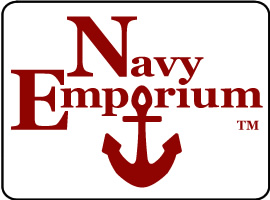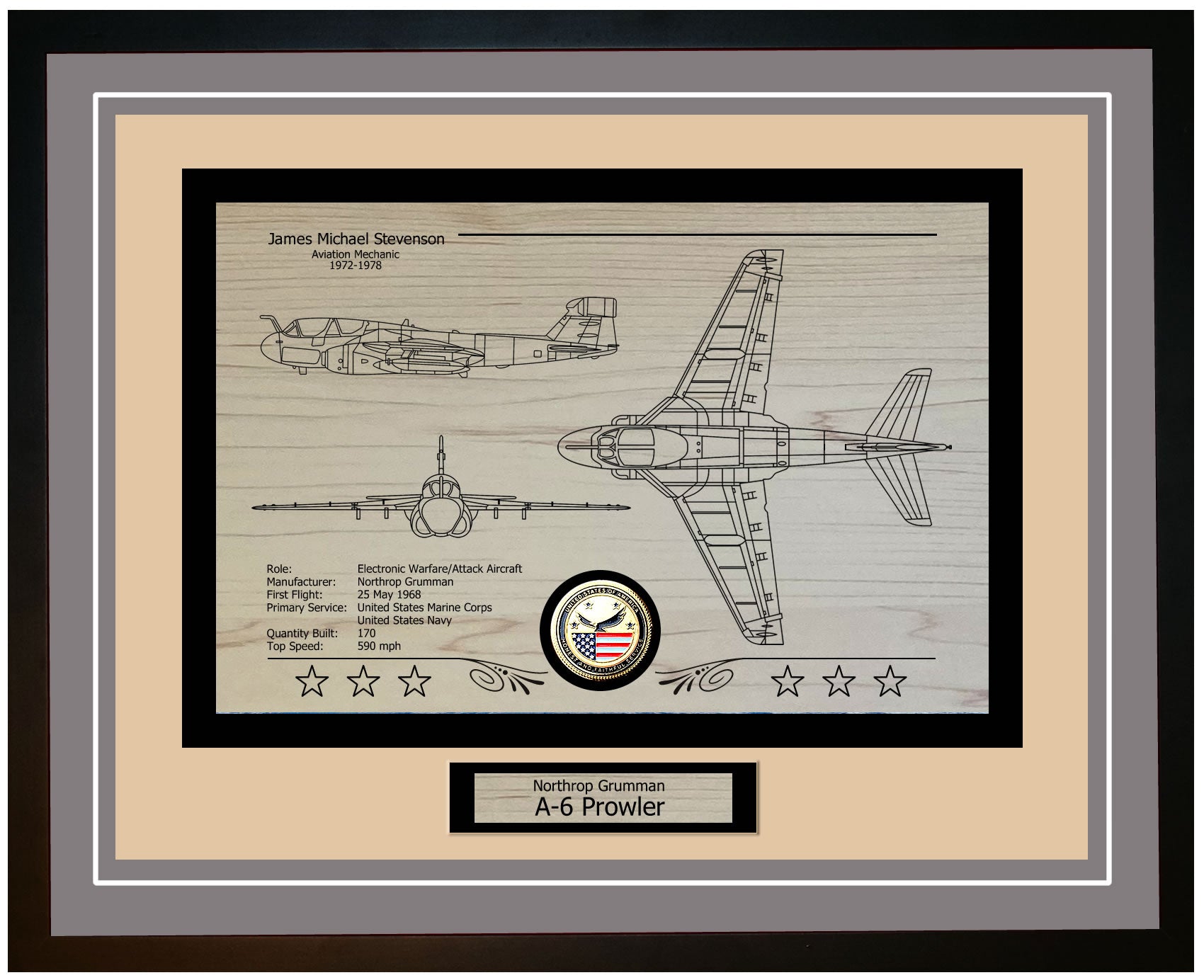The USS Davison (DD 618) was a Gleaves-class destroyer built for the United States Navy during World War II. Construction began on July 26, 1942, at the Federal Shipbuilding and Drydock Company in Kearny, New Jersey. The ship was launched on November 19, 1942, with Mrs. E. H. Davison serving as its sponsor, honoring her husband, after whom the ship was named. This project was part of an effort to rapidly strengthen the US Navy’s fleet in response to growing threats from the Axis powers. The USS Davison was designed to be a sturdy addition to the Navy’s destroyer force, fulfilling various offensive and defensive roles.
The ship was named after Ensign Lyman K. Davison, an aviator who lost his life during World War I while displaying bravery and dedication to duty. Naming the ship after him served as a tribute to his sacrifice and embodied the values cherished by the US Navy. The crew of the USS Davison carried forward Ensign Davison's legacy by upholding his standards of service and commitment throughout their operations.
The USS Davison stood out for its armament and design, characteristic of Gleaves-class destroyers. It was equipped with four 5-inch/38-caliber guns, ten 21-inch torpedo tubes, and various anti-aircraft and anti-submarine weapons. This impressive array made the USS Davison a versatile and efficient combat vessel, capable of engaging enemy ships, aircraft, and submarines. The ship's radar and sonar systems further enhanced its ability to detect and track enemy targets.
The USS Davison had a significant impact on the US Navy due to its role in World War II. It participated in convoy escort missions, anti-submarine warfare, and shore bombardments, all of which contributed to Allied success, particularly in the Mediterranean. Its performance demonstrated the effectiveness of Gleaves-class destroyers and highlighted the importance of such vessels in modern naval warfare.
As part of the Gleaves-class, a series of 66 ships constructed between 1938 and 1943, the USS Davison left a lasting mark on naval history. These warships were built to be fast, agile, and heavily armed, making them suitable for convoy protection, attacking enemy ships, and defending against various threats. The Gleaves-class was an advancement from the Benson-class, with improvements in hull structure, machinery, and weaponry. The USS Davison, along with its sister ships, showcased the engineering prowess of the US Navy during a critical period.
Commissioned on January 11, 1943, under the command of Lieutenant Commander C. E. Boyd, the USS Davison’s entry into service marked the beginning of its crew's training and readiness for deployment. The commissioning was a significant milestone after months of hard work by shipbuilders, engineers, and navy personnel. Throughout World War II, the USS Davison distinguished itself in combat operations, earning multiple battle stars and commendations for its performance.
USS Davison DD-618: A Technological Marvel of Naval Warfare
The USS Davison (DD 618) was part of the Gleaves-class destroyer group, known for its versatile design during World War II. It measured 348 feet 3 inches in length, 36 feet 1 inch in width, and had a draft of 11 feet 10 inches. The hull was constructed from high-tensile steel, striking a balance between strength and weight, which was crucial for the ship's speed and maneuverability. The superstructure was designed to minimize radar visibility and enhance aerodynamics, facilitating navigation through water. The USS Davison's design featured a deck that improved stability in rough seas, an essential trait for its operations in the unpredictable Atlantic and Pacific Oceans.
Technologically, the USS Davison was equipped with advanced systems for its time. It featured radar and sonar technology critical for detecting enemy aircraft and submarines. The SC air search radar and SG surface search radar provided early detection capabilities, significantly enhancing the crew's operational effectiveness. The ship used the QHB system to detect and monitor threats, giving it a substantial advantage against enemy submarines. Additionally, the vessel was outfitted with a Mark 37 Gun Fire Control System, which combined radar and optical data to improve the accuracy of its guns.
The armament of the USS Davison was designed to offer comprehensive defensive capabilities. Its primary weaponry included four 5-inch/38-caliber dual-purpose guns, effective against both surface and aerial targets. These guns were mounted in turrets, allowing for adjustable movement and rapid firing. For aircraft defense, the ship was equipped with four 1.1-inch/75-caliber anti-aircraft guns and six 20mm Oerlikon cannons, essential for protection against airborne threats such as kamikaze attacks.
In addition to its gun arsenal, the USS Davison carried a variety of weapons to enhance its combat effectiveness. It was equipped with ten 21-inch torpedo tubes in two mounts for launching Mark 15 torpedoes, which were effective against both enemy ships and submarines. During submarine operations, the USS Davison used depth charge launchers and racks, along with the innovative Hedgehog anti-submarine mortar. The Hedgehog system allowed the ship to fire a series of contact-fused projectiles ahead of it, improving the likelihood of hitting submarines.
The combination of advanced technology and diverse armaments made the USS Davison a versatile and powerful asset within the US Navy’s fleet during World War II.
USS Davison DD-618: Evolution of a Naval Guardian
The USS Davison (DD 618), a Gleaves-class destroyer, underwent several upgrades during its service, enhancing its operational capabilities and extending its usefulness within the fleet. It was first commissioned in 1942 with an arsenal that included five 5-inch/38-caliber guns, ten 21-inch torpedo tubes, and various anti-aircraft weapons. As the war progressed and naval warfare evolved, the Davison received updates to its radar and sonar systems, improving its ability to detect and engage enemy submarines and aircraft. These technological advancements were crucial in maintaining the ship’s effectiveness in defensive roles.
The USS Davison was designed to perform a range of missions, reflecting the diverse roles destroyers played in the U.S. Navy during World War II. Initially intended for anti-submarine warfare (ASW) and convoy escort duties, the Davison demonstrated its versatility. Its speed and agility allowed it to protect vessels from enemy submarines and aircraft, as well as provide naval gunfire support during amphibious landings. The ship’s ASW capabilities were particularly notable, as it helped safeguard Allied shipping routes from German U-boats in the Atlantic Ocean.
Throughout its service, the USS Davison made significant contributions to the fleet by participating in key operations. One notable moment was its support of the invasion of Sicily in July 1943, where it provided fire support and defense against aircraft. The ship also played a crucial role in the Normandy invasion in June 1944, where its screening and bombardment efforts were vital to the success of the landings. These missions demonstrated the destroyer’s importance in defensive strategies and its ability to adapt to various combat situations and mission requirements.
The enduring legacy of the USS Davison highlights the flexibility and resilience of Gleaves-class destroyers. Through various upgrades, it maintained its strength within the fleet and met the evolving demands of warfare. The ship’s varied mission capabilities and significant contributions to major campaigns underscore its pivotal role in U.S. Navy operations during World War II. The USS Davison not only showcased the importance of destroyers but also left a lasting impact on naval history with its service and accomplishments.
USS Davison DD-618: A Chronicle of Valor and Victory on the High Seas
The USS Davison (DD 618) played a significant role in naval missions during World War II. Launched in 1942, this Gleaves-class destroyer was quickly deployed to escort convoys through the North Atlantic. These convoys were crucial for maintaining supply routes between the United States and its European allies. Initially, the Davison’s main task was to protect merchant ships from U-boats that prowled the Atlantic, seeking targets. With its advanced technology and depth charge capabilities, it effectively countered enemy submarines, ensuring safe passage for essential supplies.
As time went on, the USS Davison’s responsibilities expanded beyond convoy escort duties. In 1943, it was reassigned to the Mediterranean region and participated in Operation Husky, the invasion of Sicily. During this operation, the Davison provided artillery support by bombarding enemy positions and protecting advancing ground forces. Its speed and firepower were instrumental in helping establish a position for the Allies in Southern Europe.
After the Sicily campaign, the USS Davison continued its service in the Mediterranean, supporting operations in Italy, including the Anzio landings and the advance towards Rome. The ship’s operations were not confined to Europe and the Mediterranean. In 1944, it was sent to the Pacific theater, where it joined forces preparing for the final assault on Japan. The Davison participated in missions such as the Battle of Leyte Gulf, one of history’s largest naval confrontations. During this battle, it defended against air attacks and protected ships from kamikaze strikes, demonstrating its adaptability and strength.
The USS Davison’s contributions during these battles underscored its importance in advancing Allied objectives and setting the stage for victory in the Pacific. Throughout its service, the ship received numerous awards and accolades for its performance and commendable actions by its crew. It was honored with battle stars for its involvement in campaigns across the Atlantic, Mediterranean, and Pacific theaters. Additionally, it received a Navy Unit Commendation for its service during the Sicily invasion. These honors reflect the enduring impact of the USS Davison and its pivotal role in securing victory for the Allies during World War II. The rich history of the USS Davison remains a source of pride in the records of the United States Navy, showcasing the bravery, commitment, and selflessness of its crew.
USS Davison DD-618 Ship Specifications
| Specification | Details |
|---|---|
| Class | Gleaves Class Destroyer |
| Commissioned | September 11, 1942 |
| Displacement | 2,395 tons |
| Length | 348.3 feet |
| Beam | 36 feet |
| Draft | 13.1 feet |
| Speed | 35 knots |
| Complement | 16 Officers 260 Enlisted |






